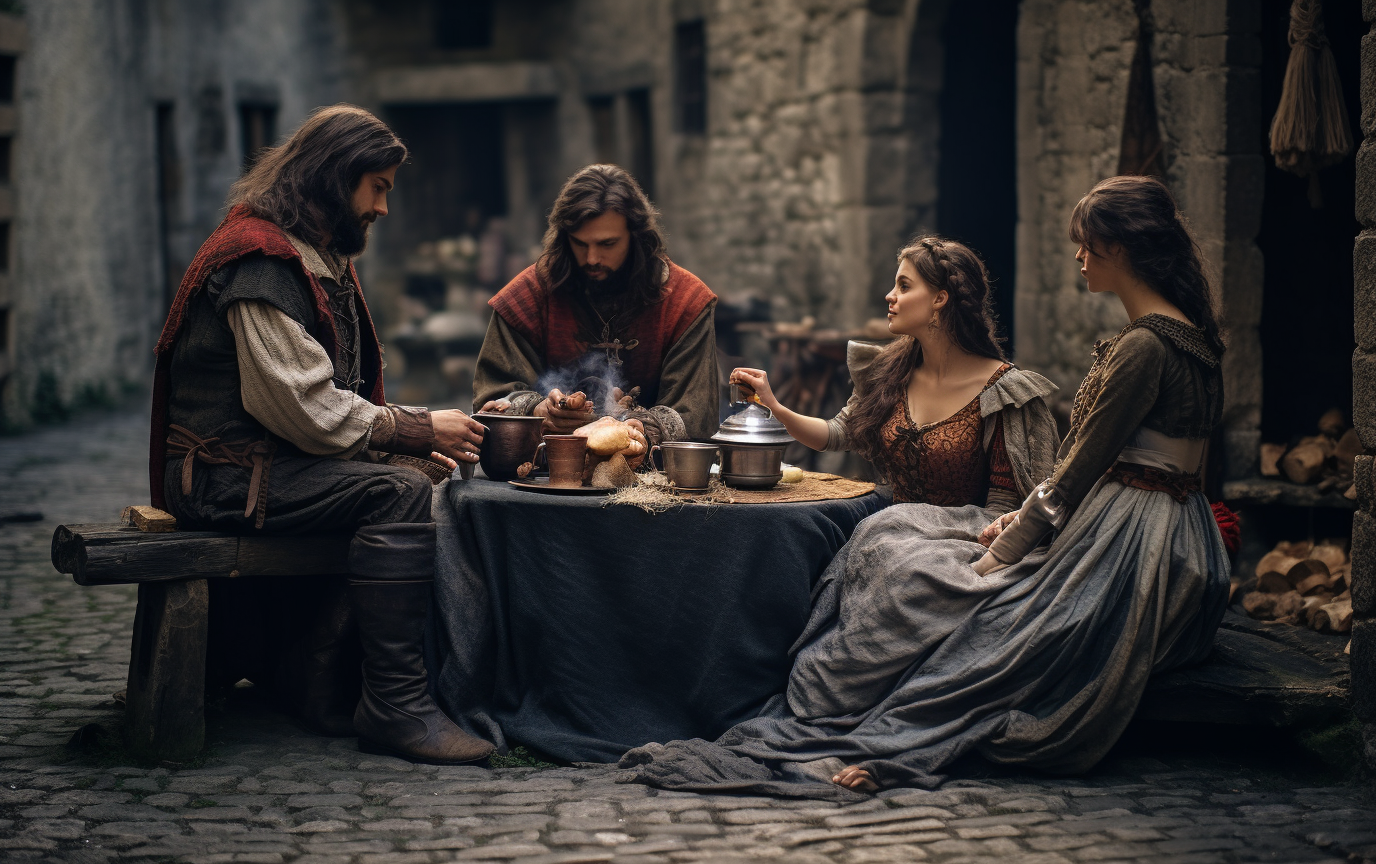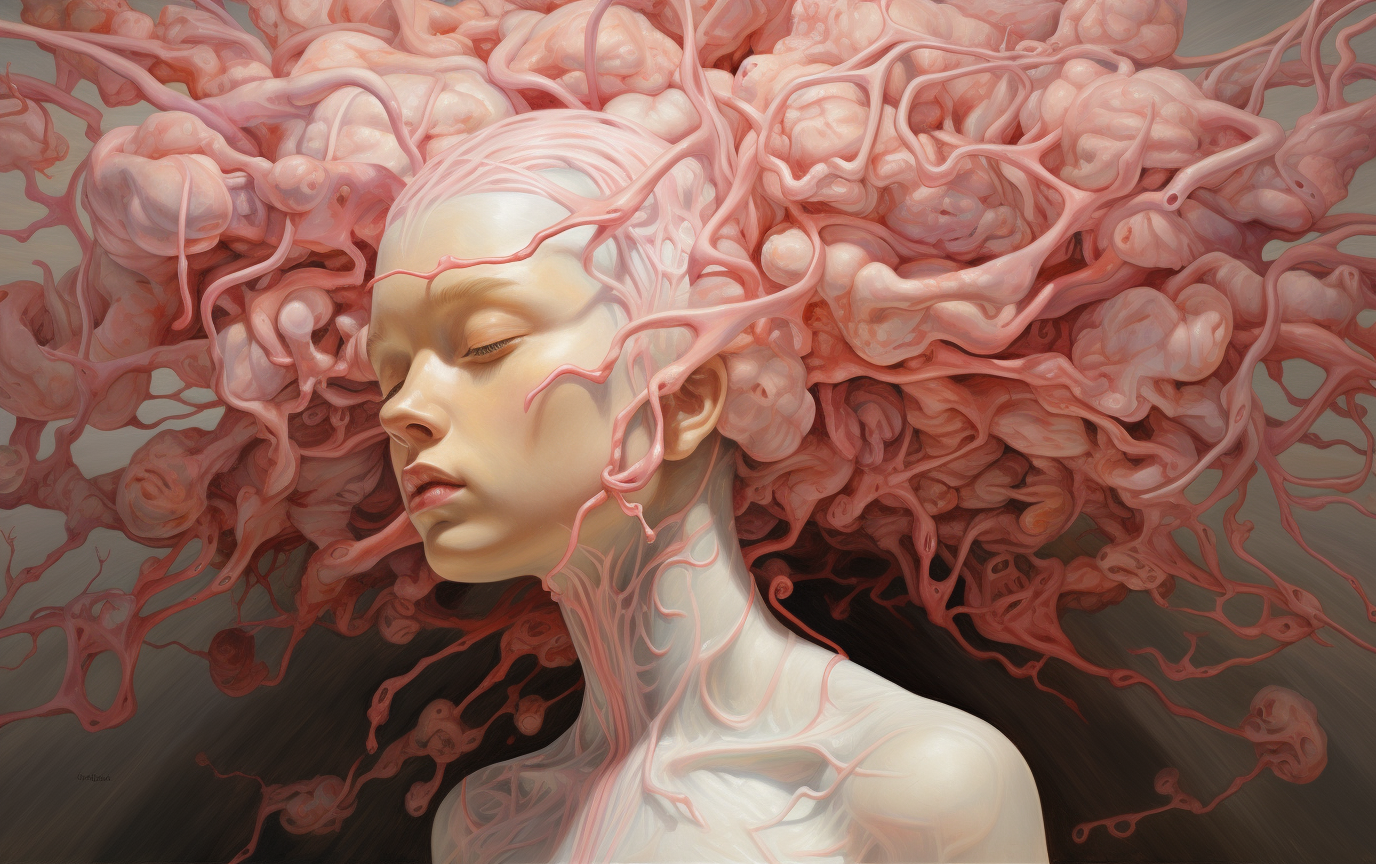
Embarking on a journey through history, we delve into the enchanting realm of the medieval era.
In this exploration, we uncover fascinating facts that shaped an era marked by knights, castles, and a tapestry of cultural richness.
Join us as we unveil the captivating tapestry of the medieval period and discover its profound impact on society, culture, and the course of history.
Medieval Era Facts
The medieval era, also known as the Middle Ages, spanned from the 5th to the late 15th century.
This period witnessed a tapestry of events that would sculpt the course of Western civilization.
From feudal societies to epic tales of knights, let’s unravel some key medieval era facts.
Medieval Society and Feudalism
Medieval society operated on the foundational structure of feudalism, a complex socio-economic framework that intricately shaped the relationships among lords, vassals, and peasants.
At its core, this system was a web of mutual obligations and responsibilities.
Lords and land ownership
Lords were the proprietors of vast land holdings, serving as the bedrock of the feudal system.
Their ownership of land bestowed upon them a position of authority and power within the social hierarchy.
Vassals and the covenant of service
Vassals, in turn, pledged allegiance to lords, forming a symbiotic relationship.
The vassals swore an oath of fealty, committing to serve and provide military assistance to their lords.
In return, they received protection, shelter, and, crucially, access to a portion of the lord’s land.
Peasants and agricultural labor
At the base of this hierarchical structure were the peasants, primarily engaged in agriculture to sustain the entire system.
Their labor on the lord’s land was both an obligation and a means of survival.
In exchange for their toil, peasants were granted the right to work a portion of the land for their sustenance.

Knights and Chivalry
The medieval period was adorned with the iconic image of knights, formidable warriors mounted on horseback, clad in gleaming armor.
These knights were not merely figures of romanticized tales but pivotal players in the intricate tapestry of medieval society.
- Read also: Feudalism in Medieval Japan
- Read also: The Shocking Daily Life of Medieval Monks
Masters of the battlefield
Renowned for their martial prowess, knights were central to medieval warfare.
Riding into battle with lances and swords, they epitomized the might of a lord’s military force.
Their strategic acumen and combat skills often determined the outcome of conflicts.
The code of chivalry
What distinguished knights was not just their martial skills but their adherence to the code of chivalry.
This code encompassed a set of ethical principles that guided a knight’s conduct both on and off the battlefield.
Honor, loyalty, courage, and respect for women were among the virtues upheld by knights.
Tournaments and jousting
Beyond the battlefield, knights showcased their skills in tournaments.
Jousting, a popular tournament event, pitted knights against each other in a display of horsemanship and combat.
These events not only served as entertainment but also as opportunities for knights to showcase their prowess and earn acclaim.
A noble presence
Knights occupied a privileged position in medieval society. Often granted lands and titles by lords, they formed a distinct social class. Their role extended beyond warfare, as they were expected to embody the ideals of chivalry, serving as protectors of the realm and exemplars of virtue.
Medieval Castles and Fortifications

In the medieval landscape, castles stood as more than just architectural marvels; they were formidable guardians of power and security.
These structures, with their imposing presence, were designed not only to inspire awe but to withstand the challenges of an often tumultuous era.
Strategic defense features
What set medieval castles apart were their strategic defense features.
Drawbridges, suspended over protective moats, served as the first line of defense against potential invaders.
Tall, thick walls, often fortified with battlements, offered additional layers of protection.
These design elements were not just aesthetic choices but practical considerations in an age where security was paramount.
Beyond defense
While defense was a primary function, castles were multifaceted structures.
They served as centers of governance, where lords administered justice and managed their territories.
The heart of a castle often housed a keep or a central tower, which functioned as both a residence for the noble occupants and a final bastion in times of siege.
Living quarters and luxuries
Contrary to the notion of stark and austere living, the interiors of castles were often adorned with luxuries.
Lavish chambers, adorned with tapestries and furniture, showcased the status and wealth of the castle’s inhabitants.
Castles were not just fortresses; they were symbols of the socio-economic standing of the ruling elite.
Evolution of castle architecture
The design of castles evolved over time, influenced by technological advancements and the changing nature of warfare.
From the early motte-and-bailey structures to the later concentric castles, each era brought innovations in architecture aimed at enhancing defense and maintaining the lord’s authority.
The Role of Religion
In the tapestry of medieval existence, religion wasn’t merely a thread; it was the intricate weave that bound every facet of life.
At the forefront of this spiritual landscape stood the Catholic Church, an institution of unparalleled influence that reached into the very soul of medieval society.
Hubs of knowledge
Monasteries and cathedrals emerged as more than places of worship; they became beacons of learning.
Monasteries, in particular, served as repositories of knowledge, preserving ancient texts and cultivating a scholarly environment.
The scriptoria within monastic walls echoed with the meticulous transcription of manuscripts, ensuring the continuity of wisdom across generations.
Divine rhythms of life
Religious rituals and beliefs were not confined to the sacred spaces alone; they permeated every nuance of daily life.
From the rhythmic tolling of cathedral bells punctuating the day to the celebration of festivals marking the changing seasons, medieval life danced to the cadence of religious observance.
The all-encompassing church
The reach of the Church extended far beyond the spiritual realm.
It wielded considerable political and social influence, its doctrines shaping laws and governance.
The authority of the clergy, from parish priests to bishops, intertwined seamlessly with the fabric of societal structures.
Medieval Art and Culture

The medieval period unfolded as a vibrant tapestry of artistic expression and cultural richness.
In the scriptoria of monasteries and the workshops of skilled artisans, the seeds of creativity sprouted into remarkable manifestations that stood the test of time.
Illuminated manuscripts
The pages of medieval manuscripts came alive with a riot of colors and intricate detailing.
These illuminated treasures weren’t mere texts; they were visual feasts, adorned with ornate initials, marginalia, and illustrations.
Monks painstakingly transcribing sacred texts infused their pages with a kaleidoscope of pigments, creating works that blended spiritual reverence with artistic brilliance.
Stained glass marvels
Cathedrals became canvases for another awe-inspiring form of artistic expression—stained glass windows.
Filtering sunlight into a spectrum of hues, these majestic installations transformed sacred spaces into ethereal realms.
Each pane told a story, capturing biblical narratives and saints’ lives in a mesmerizing dance of light and color.
Tapestries: threads of narration
Tapestries, woven with meticulous care, became storytelling devices.
Adorning the walls of castles and manors, these textile masterpieces depicted scenes from mythology, chivalric romances, and daily life.
The vibrant threads wove tales that unfolded in both visual and tactile dimensions.
Oral legacies in written form
Epic poems became literary pillars, capturing the spirit of the age. “Beowulf” and “The Song of Roland” echoed the heroic ethos of medieval society.
Passed down through generations as oral traditions, these sagas found a permanent home in written form, preserving the valor and chivalry of the times.
Medieval Economy and Trade
Amidst the hurdles of the medieval landscape, a notable transformation was underway—the rise of trade and commerce.
The pulse of economic activity resonated through the burgeoning towns and cities that sprouted around vibrant marketplaces, becoming nuclei for commercial exchanges.
Marketplaces as epicenters
Marketplaces became the epicenters of economic vitality, where goods and ideas intermingled. The bustling scenes witnessed transactions that ranged from local barter to the exchange of exotic goods from distant lands. The marketplace was not merely a space for commerce; it was a vibrant tapestry reflecting the dynamism of medieval economic life.
Craftsmanship and artisanal pride
Within the guilds, craftsmen and artisans found a haven for their skills. The guild system not only provided a structured framework for apprenticeship and mastery but also nurtured a sense of pride in craftsmanship. Each guild carried forth a unique identity, contributing to the diverse economic mosaic of medieval Europe.
Notable Figures of the Medieval Era
The medieval era witnessed the rise of iconic figures such as

Charlemagne
One of the towering figures of the medieval era, Charlemagne, ascended to prominence as the architect of the Carolingian Empire.
His reign, spanning from 768 to 814, witnessed the unification of vast territories under his rule, marking a significant chapter in medieval European history.
Charlemagne’s commitment to education and culture earned him the title “Father of Europe,” leaving a lasting legacy that resonated far beyond his era.
Joan of Arc
In the annals of medieval history, Joan of Arc emerges as a figure of extraordinary courage and conviction.
Born in the 15th century, she played a pivotal role in the Hundred Years’ War between France and England.
Joan’s unwavering belief in her divine mission to support Charles VII and her military acumen on the battlefield earned her the moniker “The Maid of Orléans.”
Despite facing adversity, Joan of Arc’s indomitable spirit and sacrifice left an enduring imprint on the medieval narrative.
William the Conqueror
William the Conqueror, Duke of Normandy, etched his name into the medieval tapestry through his formidable achievements.
His conquest of England in 1066 during the Battle of Hastings marked a transformative moment in history.
William’s reign heralded the Norman era in England, bringing about significant social, political, and architectural changes.
End of the Medieval Era
The medieval era gracefully yielded to the Renaissance, a profound cultural and intellectual movement that blossomed in the 14th century.
Characterized by a fervent revival of interest in art, science, and humanism, the Renaissance heralded a new chapter in European history.
The stifling constraints of medieval thought gave way to an era of exploration, innovation, and a celebration of human achievement.
The black death’s ominous shadow
However, the transition wasn’t devoid of challenges.
The medieval era’s conclusion was shadowed by the grim specter of the Black Death, a devastating pandemic that swept through Europe, leaving a trail of unprecedented devastation in its wake.
Social upheavals and transformations
The concluding years of the medieval era witnessed significant social upheavals.
The traditional feudal system faced challenges as peasants, inspired by new ideas and driven by a desire for autonomy, sought changes in their societal roles.
- Read also: Toilets in a Medieval Castle
- Read also: Armour of an English Medieval Knight
Conclusion
Journeying through the medieval era unveils a captivating tableau of knights, castles, and cultural richness.
This historical period left an indelible mark on civilization, with chivalrous knights and formidable castles defining its landscape.
The legacy extends to intricate art, intellectual enlightenment, and societal structures that shaped subsequent civilizations.
The medieval imprint on history is profound, influencing social frameworks and leaving a lasting impact on the collective memory of humanity.


